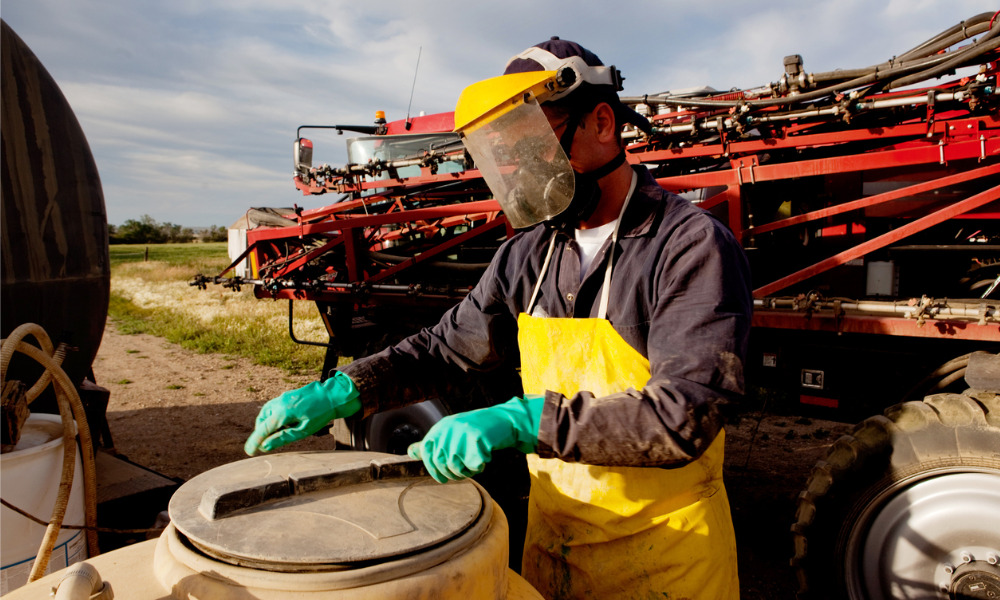Guide for farm workers and employers uses imagery, different languages to get safety message across

It’s the kind of resource that’s long overdue: Ontario is rolling out a guide directed at agri-food workers and employers to combat COVID-related safety issues.
But with this particular initiative, the resources are available in a variety of languages and in a variety of formats, such as video, pictogram factsheets or posters.
The extensive “library” covers a number of topics including: safety guidelines for employers, isolation and quarantine periods, hygiene safety practices and physical distancing, shared housing and shared transportation safety, vaccine information, and workers’ rights and responsibilities.
“Image-based posters need to be presented or explained to workers to be effective. Putting up a poster, without explaining key messages, can lead to misinterpretation by workers,” says the guide. “If text-heavy resources are used, ensure key information is reviewed with workers orally, in their language, so those with literacy challenges understand.”
The resource represents phase one of a larger project intended to address gaps in resources for international farm workers in Ontario.
“A more complete and targeted set of resources will be made available for the spring 2021 season.”
For years, decades even, we’ve heard of the challenges around safety in the agricultural sector. Of course, much of the work is physical, involving machinery, but much of it also involves temporary foreign workers. And that presents additional hurdles around language and culture and legal rights – and employer compliance.
Take, for example, a Quebec job placement agency ordered to pay more than $300,000 to 11 temporary foreign workers from Guatemala after the company exploited, abused and threatened them.
Or the horrible 2008 incident where five workers at a mushroom farm and composting plant in Langley, B.C., were overcome by toxic fumes in a fertilizer mixing shed when a pipe burst. Three died, while one was left unable to speak or hear and another was left brain damaged.
Slowly, over the years, both the federal and various provincial governments have responded. Greater oversight has been brought in, along with more restrictions around safety, wages and human rights – especially with COVID outbreaks on the rise in this sector.
But one big challenge is building awareness among workers, who are often isolated and unable to find the information or support they need. With resources like this one rolling out in Ontario, the basic facts are laid out plainly, the visuals help communicate the message, and both workers and employers have easily accessible tools to boost workplace safety.




